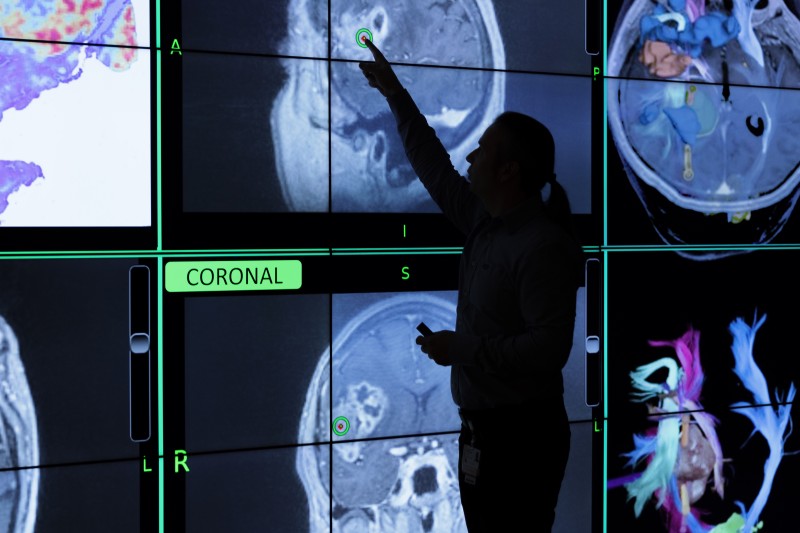Leading Neuro-Oncologists Release Guidelines for Using AI in Brain Cancer Patients
 An international, multidisciplinary team of leading neuro-oncology clinicians and researchers released new recommendations for good clinical practice — a set of guidelines that helps ensure clinical trial results are reliable, and patients are protected — regarding the use of artificial intelligence methods to more accurately diagnose, monitor and treat brain cancer patients.
An international, multidisciplinary team of leading neuro-oncology clinicians and researchers released new recommendations for good clinical practice — a set of guidelines that helps ensure clinical trial results are reliable, and patients are protected — regarding the use of artificial intelligence methods to more accurately diagnose, monitor and treat brain cancer patients.
The team published two companion policy reviews in The Lancet Oncology, on behalf of the clinically authoritative Response Assessment in Neuro-Oncology cooperative group, which is a collaboration of international experts who develop standardized criteria for evaluating treatment response in clinical trials for brain cancer.
Indiana University School of Medicine’s Spyridon Bakas is the lead author on the second policy review, which establishes guidelines for standardization, validation and good clinical practice of AI for neuro-oncology. He said the new recommendations are a much-needed update to the current standard of care in which individual radiologists measure tumor size, which dictates treatment options. This is not ideal, Bakas said, because the assessment is often subjective. Each radiologist can interpret imaging scans differently, leading to treatment strategies that fluctuate based on who views the scan.
“We can use AI to look at images of the tumors more objectively,” said Bakas, the Joshua Edwards Associate Professor in Pathology and Laboratory Medicine and the director of the Division of Computational Pathology at the IU School of Medicine, as well as a researcher in the IU Melvin and Bren Simon Comprehensive Cancer Center. “AI programs can help determine quickly what type of disease it is, what subtype of tumor and what particular grade it is, in addition to helping track the progress of a lesion during treatment.”
According to the team, there are predictive, prognostic and diagnostic AI models and solutions that are becoming available for health care practitioners, but how they are used varies widely at different institutions.
“Thanks to new technology, there are ways to use AI to help assess whether a tumor is progressing or is stable,” said Raymond Y. Huang, associate professor at Harvard Medical School and neuroradiology division chief at Brigham and Women’s Hospital in Boston, Massachusetts. “However, there needs to be a standardized way to use AI to accurately diagnose and treat patients.”
The team reviewed existing research articles and publications related to current advancements of AI in the field to develop the guidelines. Some of the authors’ guidelines include:
- Using software that has been developed using large and importantly diverse cohorts of patient data.
- Ensuring the AI models for defining a tumor follow World Health Organization criteria.
- Considering how the tumor images are obtained, processed and segmented before analyzing them.
“These guidelines are critical for ensuring that AI tools developed in the UK and beyond meet rigorous standards and improve patient outcomes,” said Thomas Booth, a co-author from King’s College London. “With these recommendations, we can move towards more accurate, standardized AI applications that benefit both clinicians and patients across the UK and internationally.”
Because AI is still new, these recommendations are among the first in the world regarding its proper use in cancer care. However, further study is necessary.
“It is important that we continue our study of these AI models on large, diverse patient populations to continue extending our understanding of disease and improving the way we use them,” Bakas said.